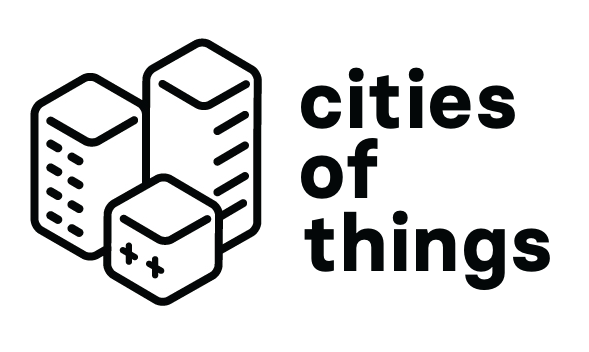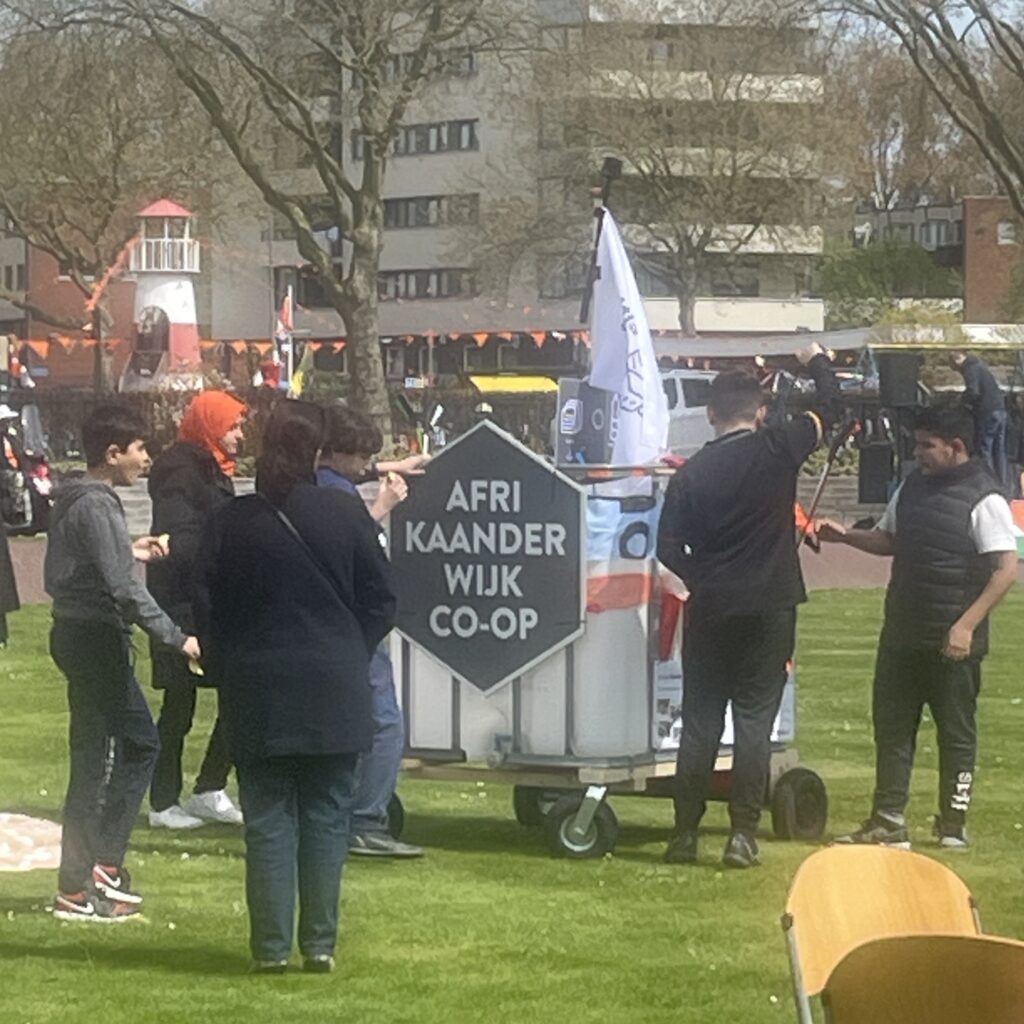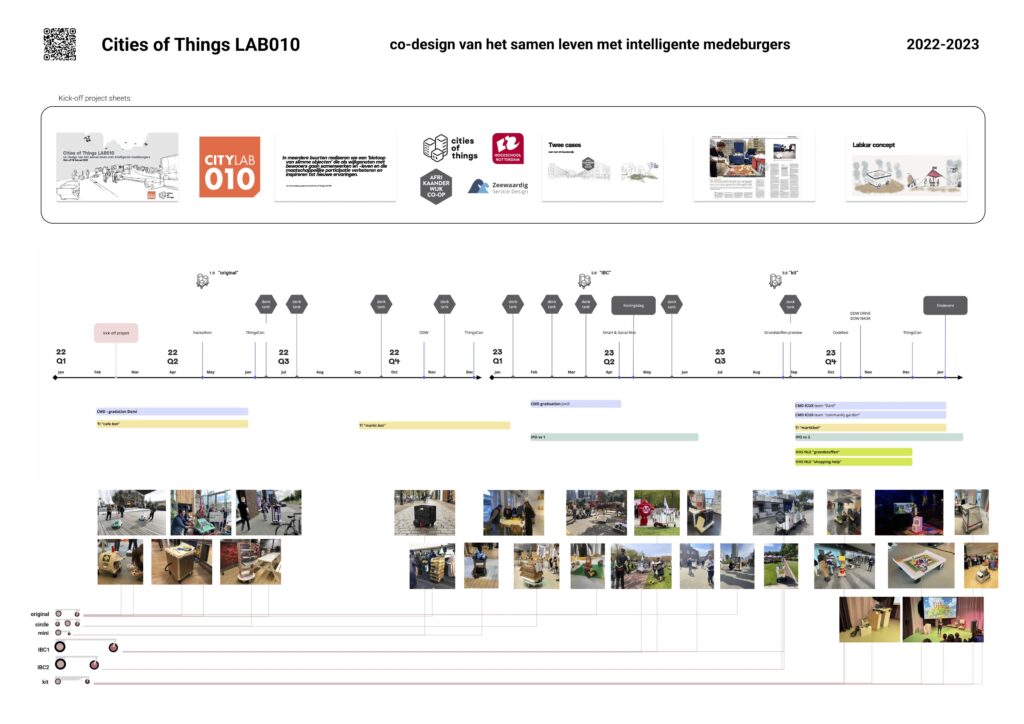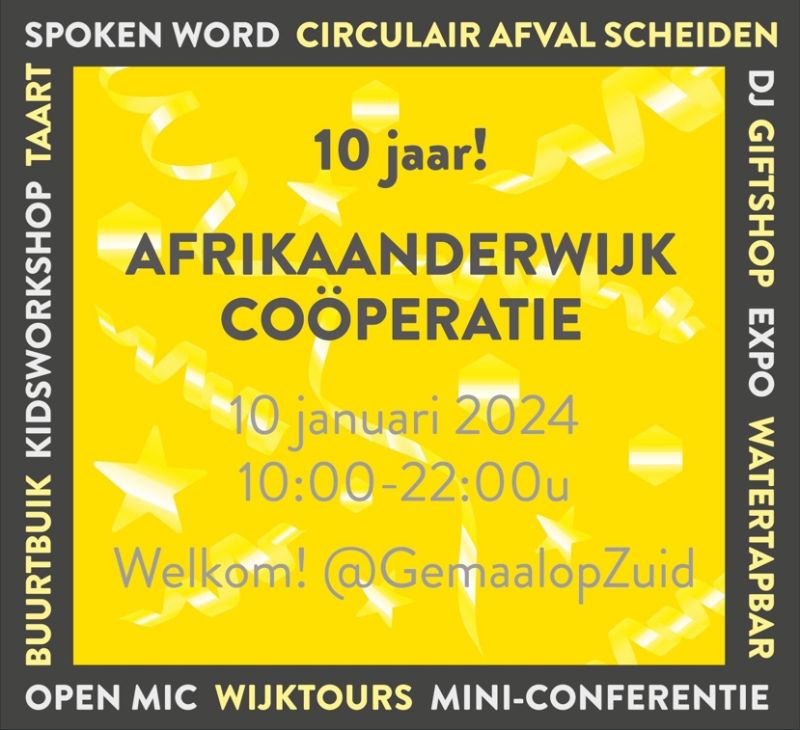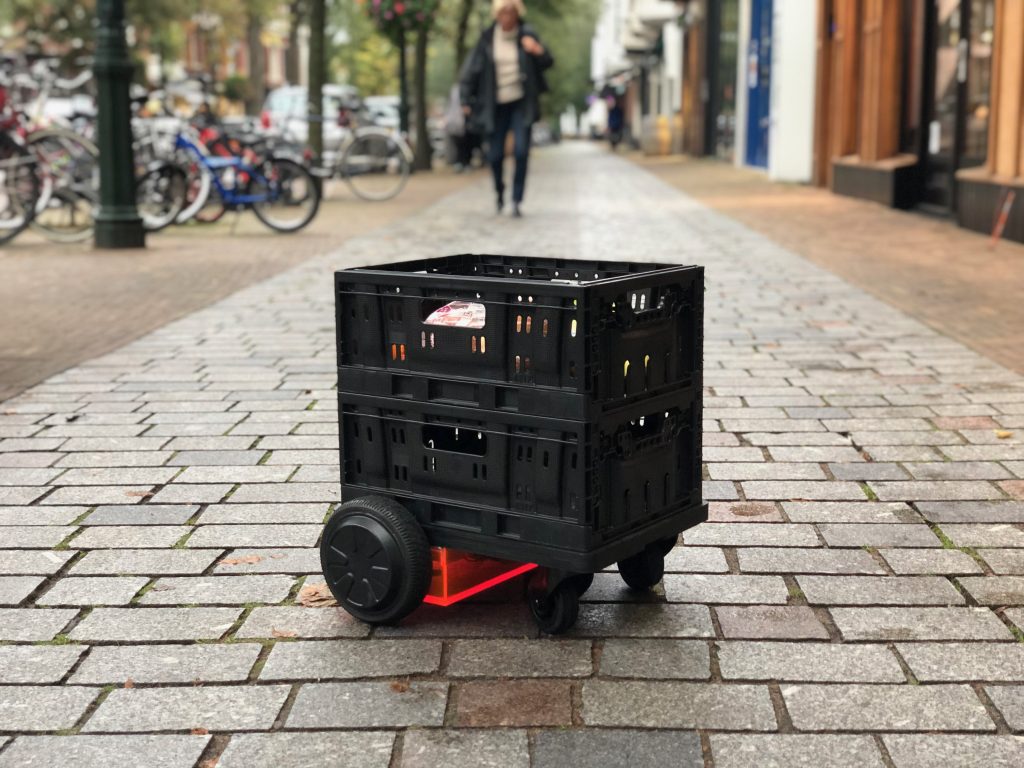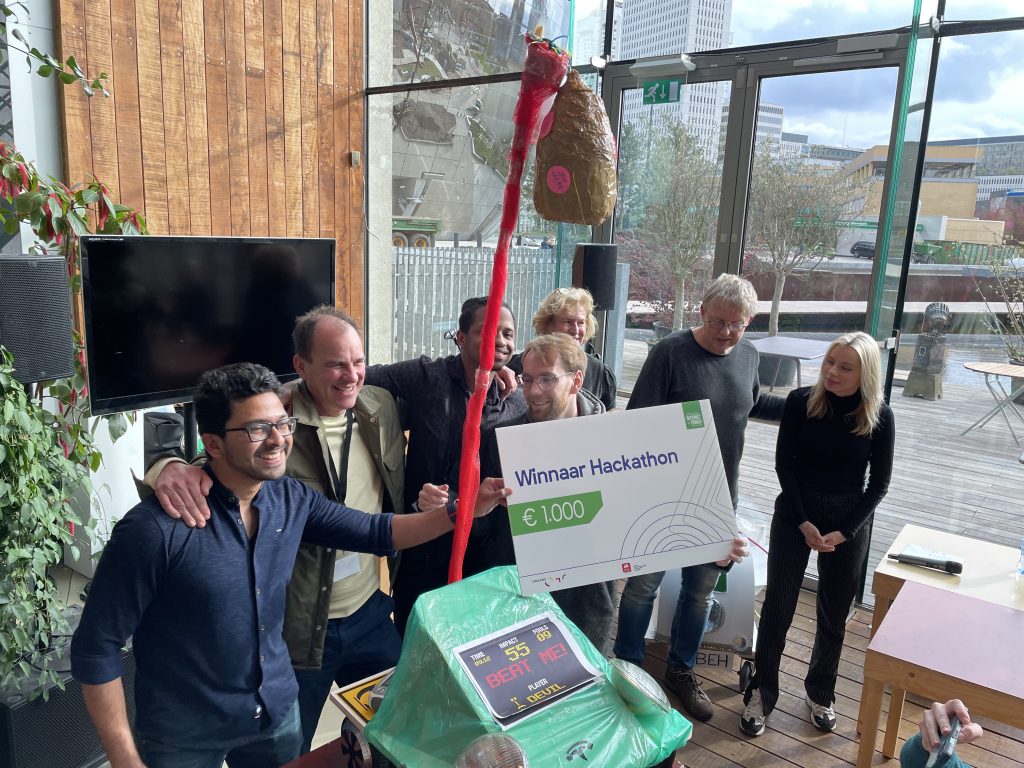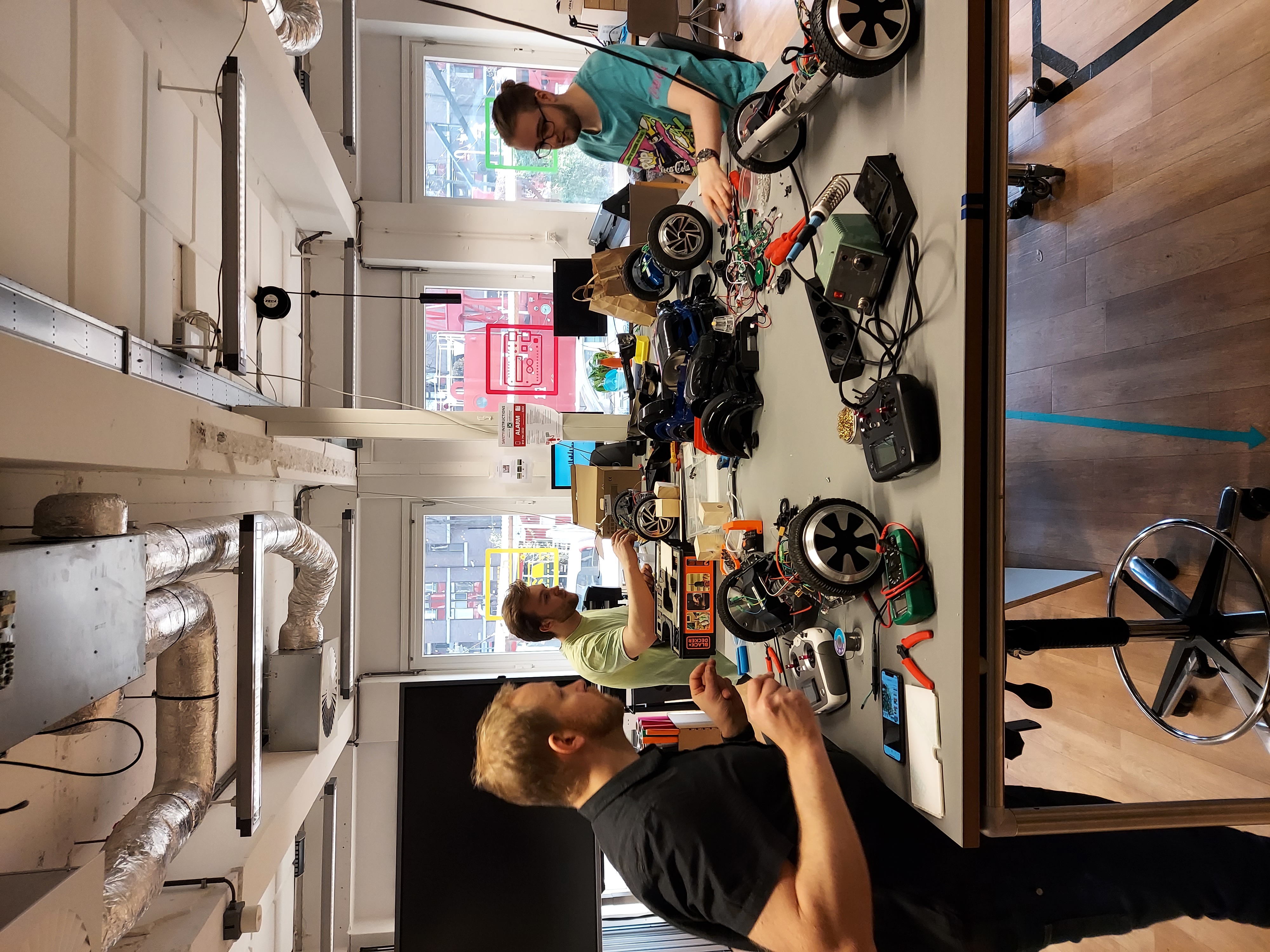The learnings of developing and applying the WijkbotKit in the last years is captured in a chapter in the book of the Network of Applied Design Research that was published at Dutch Design Week 2024: Applied Design Research in Living Labs and Other Experimental Learning and Innovation Environments. The article is result of the fruitful partnership with Creating010 and especially the research on Civic Prototyping by professor Tomasz Jaskiewicz.
Find the article here: Between Experiments; Leveraging Prototypes to Trigger, Articulate, and Share Informal Knowledge
The digital version of the book can be downloaded via the NADR website.
Abstract
Living Labs are ‘open innovation ecosystems’ (ENoLL, 2024), offering unique opportunities for conducting scientific experiments ‘in the wild’ (Romero Herrera, 2017; Ballon & Schuurman, 2015). Yet, Living Labs also support the generation of other, informal, types of knowledge: often tacit and difficult to capture and share, acquired outside of rigorous academic research frames (Schuurman & Tiinurist, 2017), and comprising insights, ideas and know-how gained through experience, serendipity, and sometimes ad-hoc and playful explorations aaskiewicz, 2021). This chapter focuses on the significant, yet often overlooked, role that prototypes play in triggering, articulating and sharing such informal knowledge. Grounded in the discourse on the role of prototypes in Research through Design (RtD), the chapter brings forth that prototypes are not just valuable as artefacts to be studied through formalised research but are also crucial in supporting the generation of rich, contextual insights, ideas and know-how, sharing them across experiments, disciplines and stakeholders, while often facing the challenge of legitimisation and generalisation of such knowledge.
Jaśkiewicz, T., & Smit, I. Between Experiments Leveraging Prototypes to Trigger, Articulate, and Share Informal Knowledge: Case of the Cities of Things Living Lab. In Applied Design Research in Living Labs and Other Experimental Learning and Innovation Environments (pp. 210-233). CRC Press.
